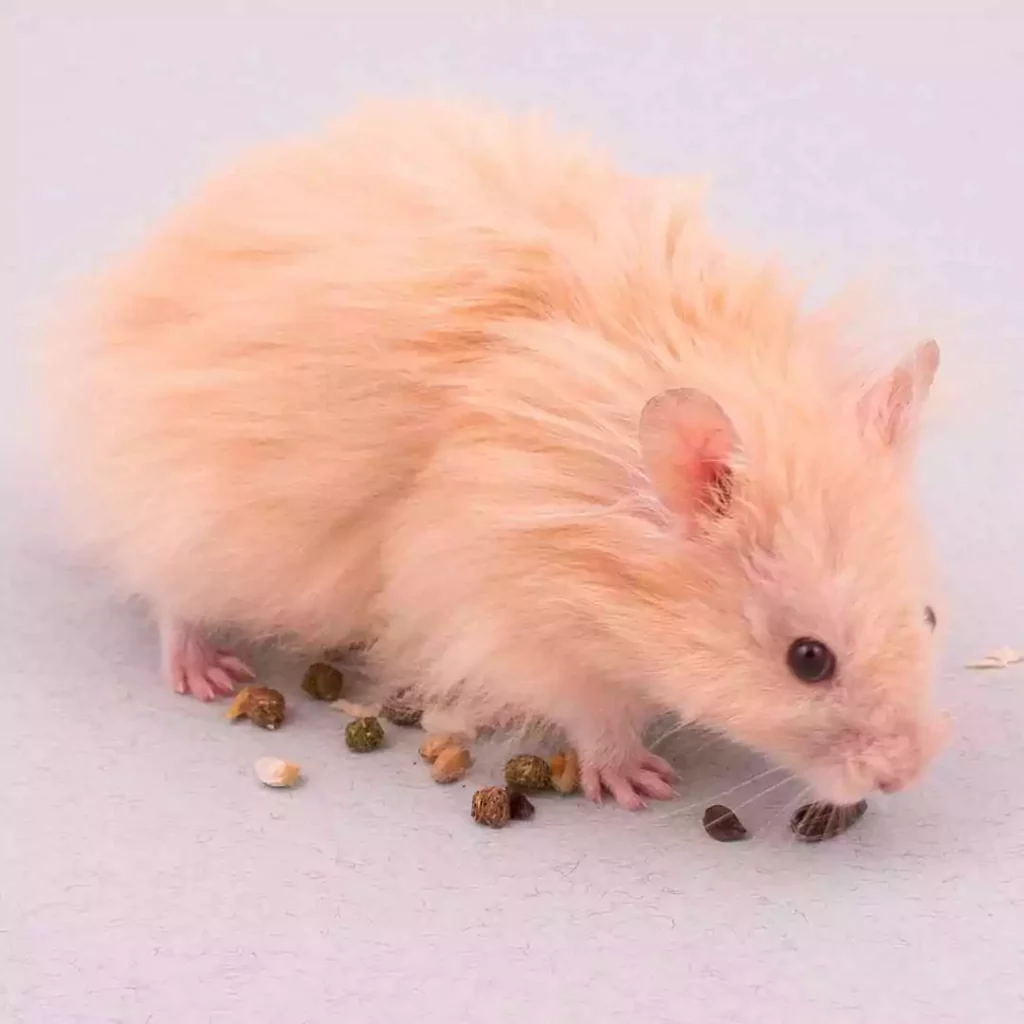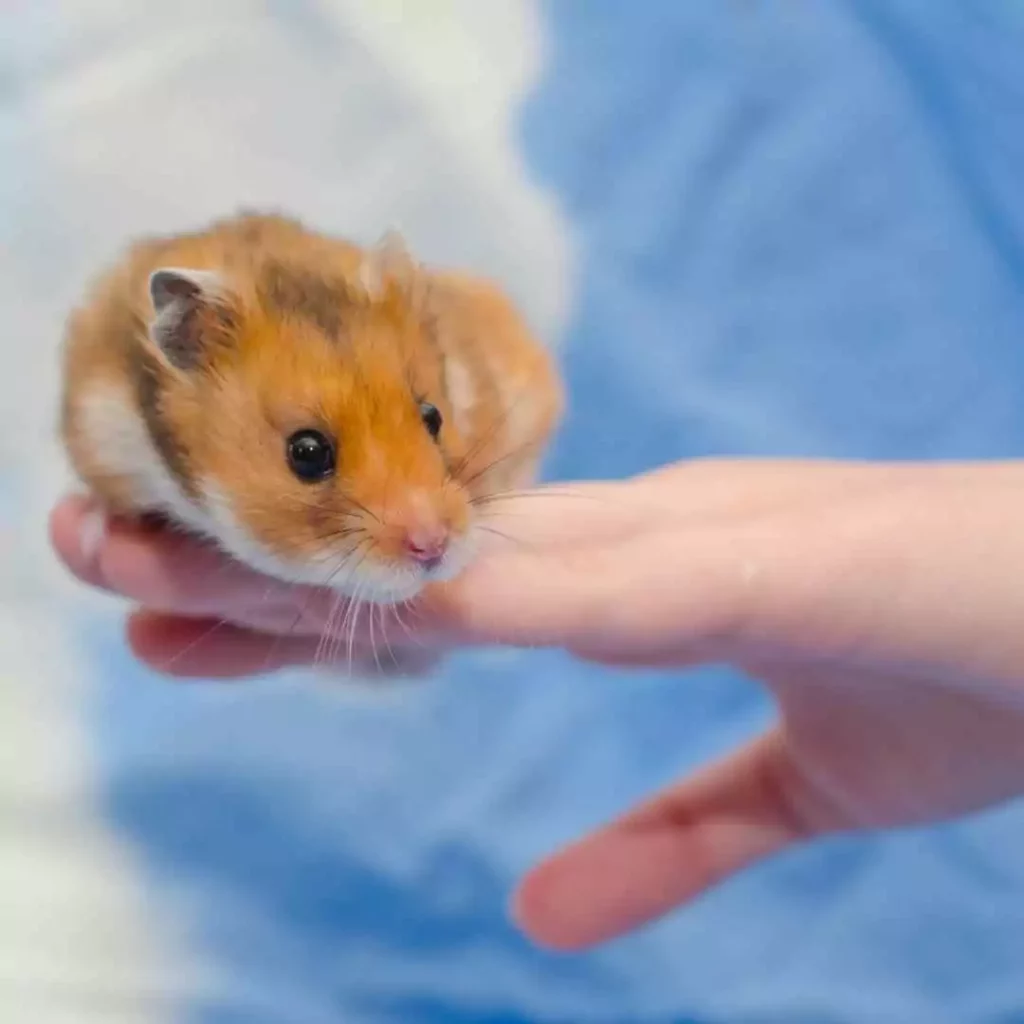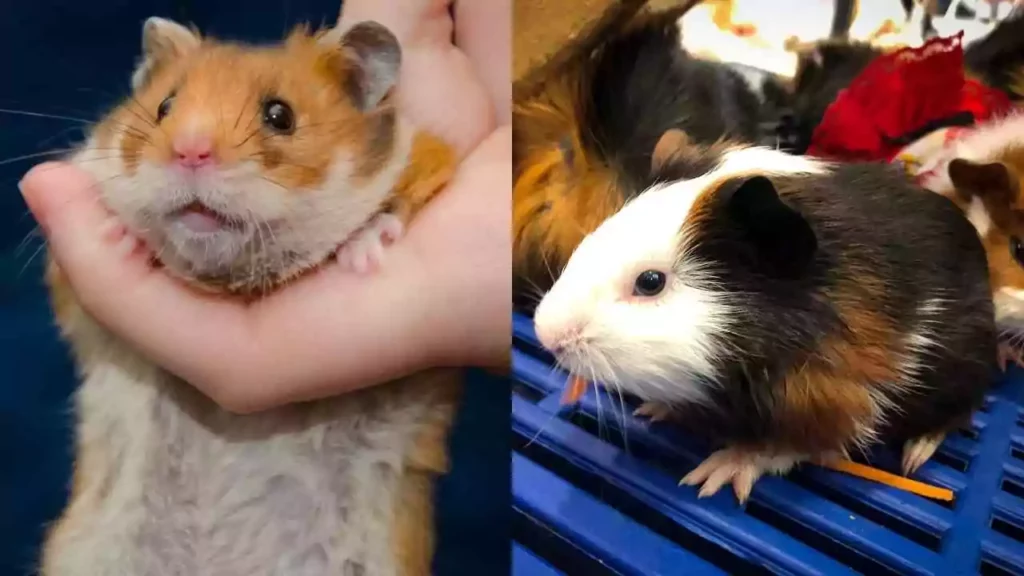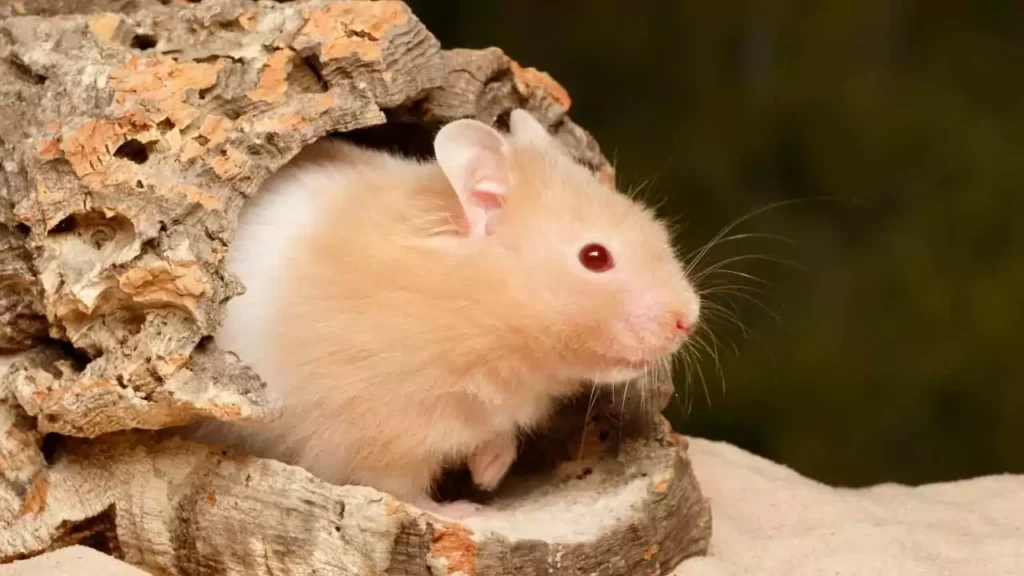Long-haired teddy bear hamster is also known as a teddy bear hamster or Angora hamster.
The females usually have shorter coats. They are cute, cuddly, and most sought after due to their docile, tame, and friendly nature.
Long-Haired Teddy Bear Hamster (10 Quick Facts)
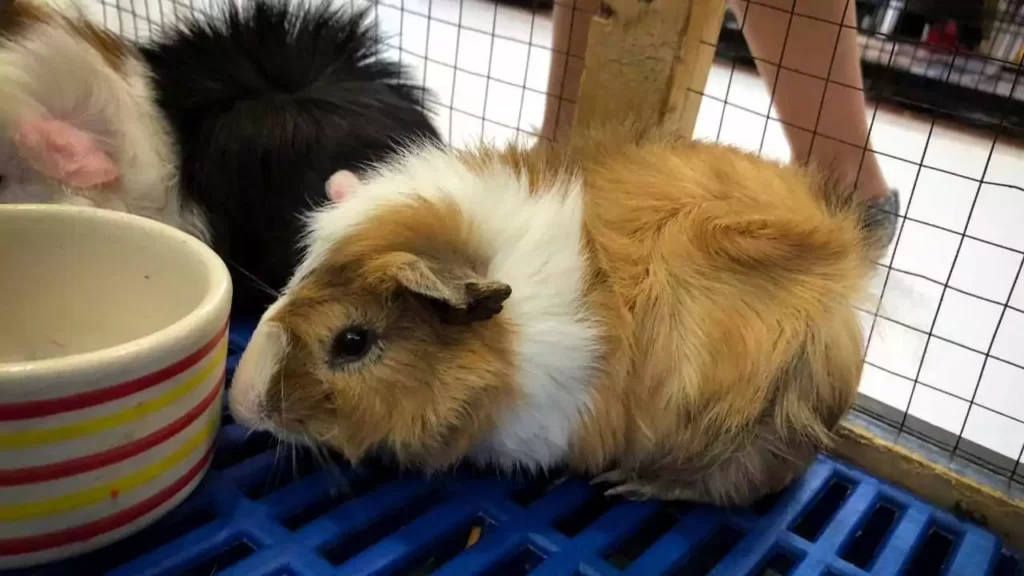
Apart from their fun-loving and friendly nature, we are pretty sure that there are a hundred things you didn’t know about long-haired teddy bear hamsters.
Here are a few quick facts to keep you updated about your pets:
Fact #1: Where do they come from?
Not many people know that these cute hammies came to us after being held captive in Syria less than a hundred years ago. They were only brought to the United States in the 1930s.
Fact #2: They are present with a fantastic array of coat colors
How many color varieties you can find in a long-haired teddy bear hamster? 40 in total. Beige, Black, Blonde, Brown, Chocolate, Cream, Dove, Golden, Grey, Lilac, Mink, Sable, Tan, White, and many more. Did we leave out any?
Fact #3: They have food pouches
No, long-haired teddy bear hamsters don’t have kangaroo-type pouches. Instead, their cheeks act as pouches, where they can stuff food and bedding equal to 20% of their total body weight.
Fact #4: They have diverse species
Like us, you would be surprised to know these tiny creatures have over 20 different species, including the Winter White Dwarf hamster, Roborovski Dwarf hamster, Chinese hamster, Campbell’s Dwarf, and Turkish hamster.
Fact #5: They are the friendliest hamsters
Hamsters are popular pets adored by children and adults alike. They are small, playable, live well even in cages, and are not high maintenance.
If you handle them well, they will enjoy being picked up. Some more energetic and livelier breeds will also enjoy their playtime with you. But the long-haired teddy bear hamster is the best of them all as it deserves the title of being the friendliest hamster.
Fact #6: They are banned in Hawaii
They reproduce frequently, and Hawaii’s weather is similar to their natural habitat; the critters have been banned there.
In addition, hamsters are quick to establish large colonies if they manage to escape in the woods, posing a severe problem for the vegetation and other species in Hawaii.
Fact #7: Their teeth are ever-growing
Just like other rodents, a long-haired teddy bear hamster has dental overgrowth too. Their incisors have no roots, and they never stop growing. Their habit of constantly nibbling and gnawing keeps their teeth sharp and nice and prevents them from overgrowing.
Fact #8: They are promiscuous
The long-haired teddy bear hamsters are polyandrous, meaning they have multiple mates.
During the mating season, the male travels from burrow to burrow and mates with whatever female he finds provided the female hamster hasn’t already bred. They are also territorial, and after they breed, the female kicks the male out of the burrow.
Fact #9: They are nocturnal
Owing to their small size, long-haired teddy bear hamsters are easy prey for many animals. It’s no wonder they are nocturnal.
They spend the day hiding from snakes, wolves, eagles, badgers, and other carnivores. They dig deep burrows with multiple entrances to enhance their protection in the wild. As they aren’t very social, they enjoy alone time inside their shelters.
Fact #10: Their hip glands help them see
This is because long-haired teddy bear hamsters have poor eyesight. To assist their vision, they have scent glands near the hips. They rub their hips on objects and sniff them, which helps them figure out their surroundings.
Their color blindness is a common trait among all hamster breeds.
What Do Long-Haired Teddy Bear Hamsters Eat?
- A balanced mixture of seeds and grains
- Herbs, both fresh and dried. Sprinkle the dried herbs in the cage
- Fresh vegetables and fruits
- Protein-rich food including boiled eggs, insects, meal worms, etc
- Occasional treats like a piece of their favorite nut, half a spoon of plain yogurt or cheese
- Commercial hamster food including pellets but not the muesli-style mix
- Timothy hay
- Leafy greens like dandelions and clovers
- Access to fresh and clean water
Frequently Asked Questions
Here are some frequently asked questions about long-haired teddy bear hamsters:
Are long-haired teddy bear hamsters nice?
Long-haired teddy bear hamsters are the cutest animals out there. They are small, soft, and cuddly, giving them considerable pet appeal. They have the most admirable characteristics to make them the friendliest pet for children and adults alike.
Long-haired teddy bear hamster lifespan and weight
On average, a long-haired teddy bear hamster can live for up to 2 years. During this time, it can grow up to 5 to 7 inches. In addition, they weigh around 3.5 to 5.3 ounces in total.
What is the friendliest hamster?
If you are looking for a breed of the friendliest hamsters towards their owners, then a Syrian hamster is the best choice. If you want a hamster that is equally friendly with humans and other hamsters, then a Russian Dwarf hamster won’t disappoint you. Then there is a distinct difference in the nature of males and female hamsters. Male hamsters are more docile and easier to tame, whereas female hamsters are pretty aggressive and can even eat their pups when unsettled.
Final Verdict
All in all, long-haired teddy bear hamsters are the best choice if you want to enjoy the company of a single pet in your home. With minimal attention and care, they will become your best buddies. They won’t bore you out and demand much care and time.
You however need to understand their personal boundaries, as they get anti-social when they are badgered or kept with other hamsters. Having their company is a decision no one regrets.
- They originated from Syria.
- They are present with a fantastic array of coat colors.
- They have food pouches.
- They have diverse species.
- They are the friendliest hamsters.
- They are banned in Hawaii.
- Their teeth are ever-growing.
- They are promiscuous.
- They are nocturnal.
- Their hip glands help them see.
Reference and Further Readings:
SmallPetsX.Com does not provide veterinary advice. Our aim to help small pet owners understand their pets a little better so that they can provide their pets with the life they deserve. All content is therefore for informational purposes only. If you're concerned about the health of your pet you should seek medical advice from a vet.

